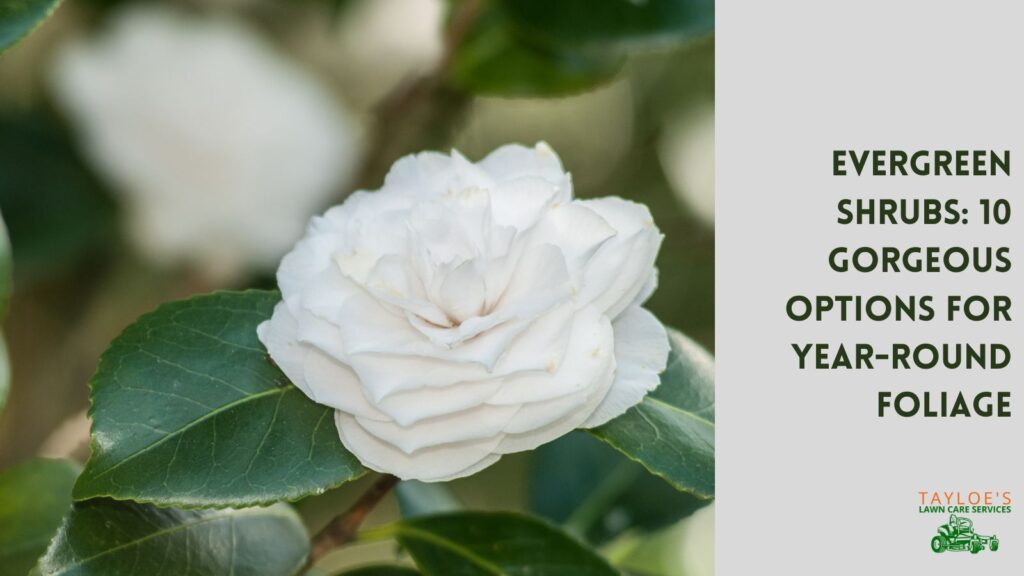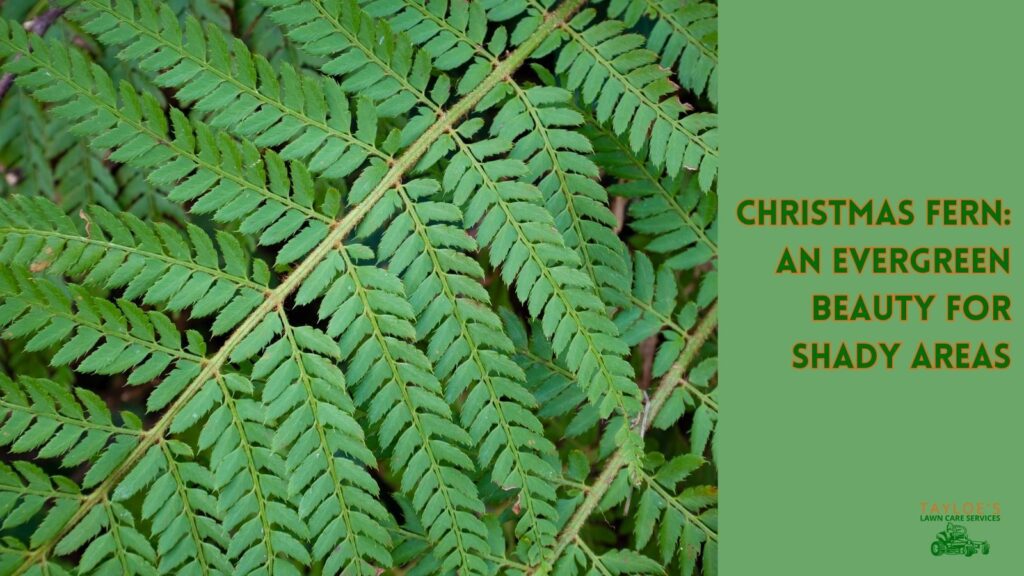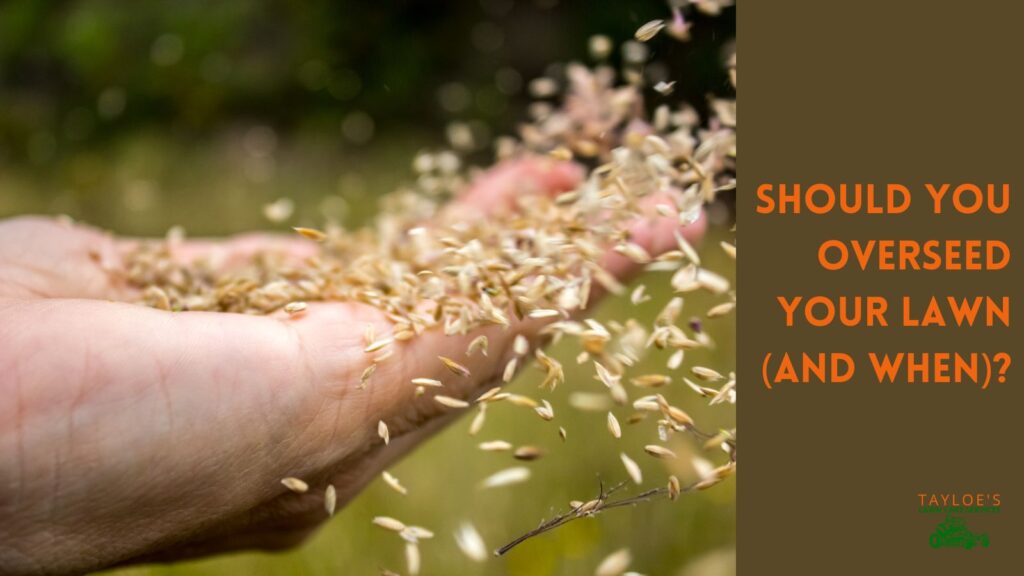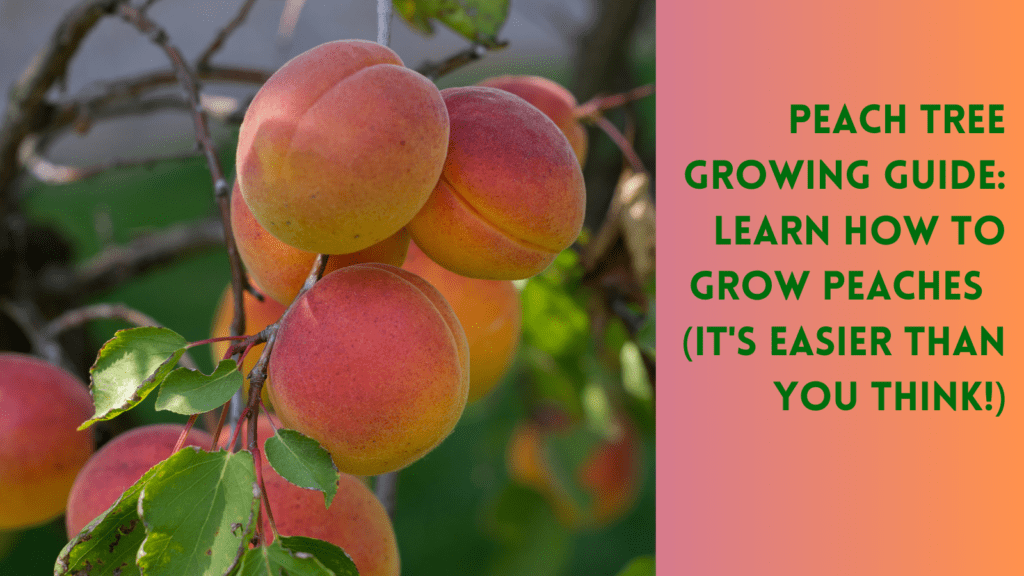Last Updated on: 30th October 2023, 02:14 pm
Junipers lend beautiful greenery to your landscaping year-round.
Today, we will take a peek into the world of Junipers. These versatile, hardy, and lovely plants grace our gardens and landscapes. Known by the Latin name Juniperus, these evergreen conifers are a gardener’s delight, offering a wide range of forms, sizes, and colors. So, whether you’re a seasoned gardener or a beginner, there’s a Juniper out there just waiting to find a place in your garden.
Understanding Juniper Types
Junipers come in many forms, each with its unique charm and characteristics. Let’s explore some of the most popular types.
Upright junipers:
These are the sentinels of the garden, standing tall and proud. A popular cultivar is the Juniperus scopulorum ‘Skyrocket,’ a fast-growing, columnar variety that offers a striking vertical element to any landscape. Another favorite is Juniperus virginiana, or Eastern Redcedar, known for its dense, pyramidal form and aromatic wood.
These are the sentinels of the garden. They’re perfect for creating privacy screens, windbreaks, or adding a vertical element to your landscape.
- Juniperus scopulorum ‘Skyrocket’: This fast-growing, columnar variety is a favorite for its narrow, upright form. Its blue-green foliage provides a striking contrast in the garden. It’s perfect for small spaces where a vertical element is desired.
- Juniperus virginiana: Known as Eastern Redcedar, is valued for its dense, pyramidal form, aromatic wood, and attractive blue berries. It’s an excellent choice for windbreaks, privacy screens, or as a specimen tree.
- Juniperus chinensis ‘Spartan’: This cultivar is known for its exceptional pyramidal form and lush, bright green foliage. It’s an excellent choice for creating a formal look in the landscape.
- Juniperus communis ‘Hibernica’: Also known as Irish Juniper, this cultivar is prized for its tight, columnar shape and blue-green foliage. It’s an excellent choice for creating a vertical accent in the garden.

Creeping junipers:
These ground-hugging beauties are perfect for covering slopes, suppressing weeds, and adding interest to rock gardens. However, it’s important to note that while they make excellent ground covers, they do not tolerate foot traffic well. Walking on them can break their branches and damage the plant. So, ensure they’re planted where they won’t be stepped on.
Types of creeping junipers:
- Juniperus horizontalis ‘Blue Rug’: This cultivar stands out in any landscape. Its silver-blue foliage forms a dense, carpet-like mat, making it an excellent choice for slope erosion control. It’s also a great choice for rock gardens, where its trailing branches can cascade over rocks or walls.
- Juniperus squamata ‘Blue Star’: This cultivar is known for its star-shaped clusters of steel-blue needles. It forms a compact mound, making it a great choice for small spaces or as a border plant in garden beds.
- Juniperus horizontalis ‘Wiltonii’: Also known as the “Wilton’s Carpet” or “Blue Carpet,” this cultivar is prized for its intense silver-blue foliage. It forms a dense, low mat that can spread up to 8 feet wide, making it an excellent choice for large areas that need ground coverage.
- Juniperus horizontalis ‘Golden Carpet’: This cultivar blends traditional green foliage with its bright golden-yellow needles. It’s a great choice for adding a splash of color to your landscape.
- Juniperus procumbens ‘Nana’: A popular choice for bonsai, this Japanese Garden juniper also makes an excellent ground cover. It features green, needle-like foliage that turns slightly bronze in winter.
Each of these creeping junipers has unique characteristics, but they all share a common trait: they’re excellent at providing low-maintenance, year-round interest in your garden. Whether you’re looking to control erosion on a slope, add interest to a rock garden, or cover a large area with a carpet of foliage, a creeping juniper is perfect for the job.
Spreading junipers:
These are the perfect middle-ground between upright and creeping types, often forming vast, bushy mounds. They’re perfect for filling large areas, creating low hedges, or adding mass plantings.
- Juniperus chinensis ‘Sea Green’: Also known as Chinese Juniper, this cultivar is a favorite for its arching branches and rich green foliage. It forms a dense, fountain-like mound, making it an excellent choice for hedges or mass plantings.
- Juniperus x pfitzeriana ‘Gold Coast’: This cultivar is known for its vibrant golden-yellow foliage. It forms a broad, spreading mound, making it an excellent choice for adding a splash of color to your landscape.
- Juniperus sabina ‘Broadmoor’: This cultivar forms a broad, spreading mound with arching branches. Its dark green foliage provides a lush backdrop in the garden. It’s an excellent choice for ground cover or mass plantings.
- Juniperus squamata ‘Blue Carpet’: As the name suggests, this cultivar forms a blue carpet of dense foliage. It’s an excellent choice for adding a touch of blue to your landscape.
These upright and spreading junipers offer unique characteristics that can add interest, color, and structure to your garden. Whether you’re looking to create a privacy screen, add a vertical element, fill in a large area, or add a splash of color, a juniper is perfect for the job.
Growing Conditions for Junipers
Junipers are hardy plants, but they do have their preferences when it comes to growing conditions.
USDA zones:
Depending on the species and cultivar, junipers can thrive in USDA zones 2 to 9. This wide range makes them suitable for various climates.
Sunshine requirements:
Junipers love the sun! Most varieties need full sun to develop their best color and to prevent disease.
Soil types:
Junipers are not picky about soil and can grow in various soil types, including clay, loam, and sandy soils. However, they do prefer well-drained soil.
Irrigation needs:
Once established, Junipers are quite drought-tolerant. However, they do need regular watering during their first year.
Cultivating Junipers: A Step-by-Step Guide

Juniper growth rate:
Junipers grow at various rates, depending on the species and cultivar. Some may grow less than an inch a year, while others can grow up to a foot tall. This growth rate can be influenced by sunlight, soil quality, and watering practices.
How to plant juniper:
Planting a juniper is a straightforward process. Choose a sunny location with well-draining soil. Dig a hole twice as wide and just as deep as the root ball. Place the plant in the hole, ensuring the top of the root ball is level with the soil surface. Backfill with soil, firming it gently around the root ball. Water thoroughly after planting to settle the soil.
Planting junipers on a sloped landscape:
Junipers, particularly creeping varieties, are excellent for planting on slopes due to their erosion-control capabilities. Start preparing the slope by removing weeds and amending the soil if necessary. Dig holes twice as wide and just as deep as the root ball, following the slope’s contour. Place the junipers in the holes, backfill with soil, and water thoroughly. Mulching around the plants can help retain soil moisture and further prevent erosion.
How to care for and maintain juniper:
Junipers are relatively low-maintenance plants. Regular pruning is unnecessary, but you can trim them to maintain their shape or size. Watering needs are minimal once established, but additional watering may be beneficial during dry periods. Watch for pests and diseases, such as spider mites and blight, and treat them as necessary. In the winter, junipers may benefit from protection against drying winds and intense sun, particularly in colder climates.
The Fruit of Junipers
Juniper berries are not true berries but are actually cones with unusually fleshy and merged scales, giving them a berry-like appearance.
They are typically a dark blue, although some species produce red or orange berries. They are known for their sharp, tangy flavor and strong, pine-like fragrance.
Are juniper berries safe to eat? Maybe! However, not all species produce berries that are safe to eat. The berries of Juniperus communis are the most commonly used in culinary applications, including flavoring dishes and as the primary flavoring in gin. Most advise humans to avoid eating them unless you know the berry types. Contact your local poison control center if you have ingested them.
Traditional medicinal use of juniper and juniper berries:
Juniper berries have been used in traditional medicine for centuries across various cultures. Their medicinal properties are primarily attributed to their high concentration of bioactive compounds, including antioxidants and volatile oils. They can also be toxic when misused; we don’t recommend using them unless you do so under medical advice. That said, these are interesting to know.
- Digestive Aid: Natural healers may use them to address many digestive issues. They are known to stimulate the appetite and improve digestion. They have also been used to treat conditions such as upset stomach, heartburn, bloating, and loss of appetite.
- Antimicrobial Properties: The essential oil derived from juniper berries has been found to have antimicrobial properties, making it helpful in treating minor infections and wounds.
- Arthritis and Rheumatism: Traditional healers may use them to relieve the pain and inflammation associated with arthritis and rheumatism. This is due to their anti-inflammatory properties.
- Diuretic Properties: Juniper berries may be a natural diuretic, helping to promote urine production and the elimination of waste from the body.
- Respiratory Health: Due to their expectorant properties, juniper berries were once used to help alleviate respiratory issues, such as coughs and bronchitis.
It is worth repeating that while juniper berries have medicinal properties, they should be used with caution and under the guidance of a healthcare professional. Pregnant women, in particular, should avoid consuming juniper berries as they can stimulate uterine contractions.
Are juniper berries safe for pets?
While juniper berries are generally safe for human consumption, they can be toxic to pets, especially dogs and cats. Ingestion can lead to upset stomach, diarrhea, and other gastrointestinal issues. In severe cases, it can lead to more serious conditions, such as kidney or liver damage. So, keeping your pets away from juniper plants and berries is best. Contact your vet immediately if you suspect your pet has ingested juniper berries. Of course, you’ll always want to ensure your garden is safe for all its inhabitants, including your four-legged friends.

The Takeaway: Juniper Is a Low-Care Evergreen With Many Sizes and Shapes Available
Junipers are indeed a marvel in the plant world. With their wide variety of forms, hardiness, and uses, they offer something for every gardener. Whether you’re looking for a towering sentinel, a ground-hugging cover, or a bushy shrub, a Juniper is just right for you. So why not give these versatile plants a try? Your garden will thank you!
We hope you’ve enjoyed this deep dive into the world of junipers. There’s so much more to explore in gardening, and we’d love to continue this journey with you. Follow Tayloe’s Lawn Care Services on Facebook. You will see many gardening tips, tricks, insights, and delicious recipes to make the most of your home-grown harvests.
Author Profile

- Deborah Tayloe is the CEO and co-founder of Tayloe's Lawn Care Services, LLC. She has a B.S.Ed and holds certificates in soil and water management and herbology from accredited programs.
Latest entries
 GardeningSeptember 27, 2025What perennials, shrubs, and trees don’t like fall pruning (and why)?
GardeningSeptember 27, 2025What perennials, shrubs, and trees don’t like fall pruning (and why)? Trees and ShrubsSeptember 14, 2025Fall Shrub Pruning Guide (September–October)
Trees and ShrubsSeptember 14, 2025Fall Shrub Pruning Guide (September–October) Trees and ShrubsApril 22, 2025Boxwood Blight: Early identification and isolation
Trees and ShrubsApril 22, 2025Boxwood Blight: Early identification and isolation Flower GardenApril 8, 2025John F. Kennedy Rose: Hybrid tea rose with elegant white blooms
Flower GardenApril 8, 2025John F. Kennedy Rose: Hybrid tea rose with elegant white blooms






